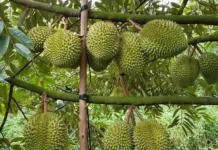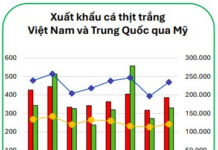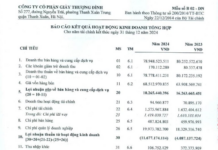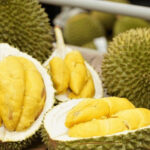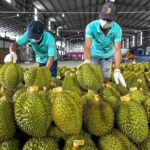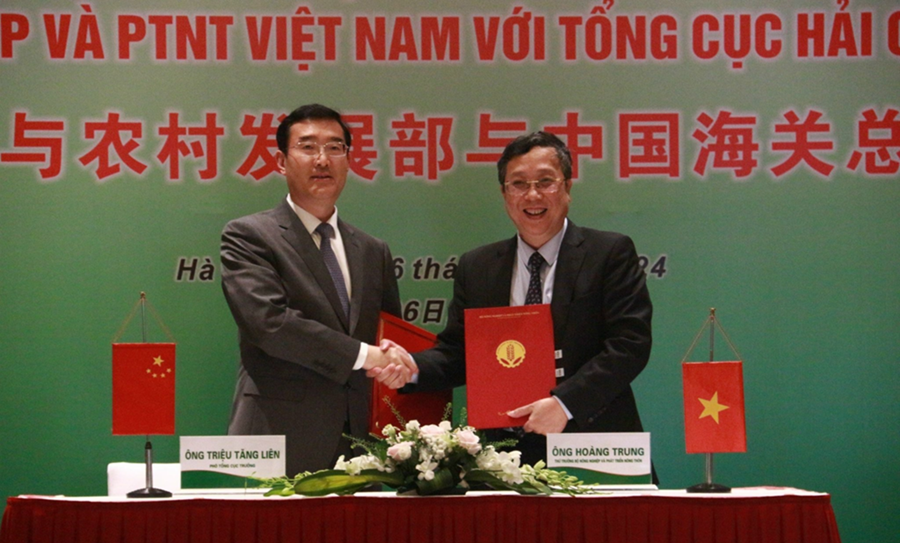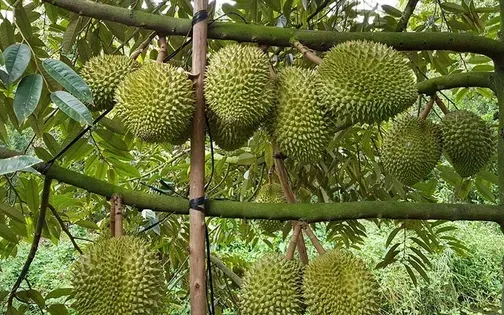
Vietnam’s fruit and vegetable exports are accelerating, with the 10-month turnover surpassing $7 billion, paving a solid path toward the $8.5 billion target. Strategic fruit groups, including durian, mango, jackfruit, banana, pomelo, and coconut, are the primary drivers of this growth. Among these, durian remains the flagship product, leading the charge in export expansion.
According to the Vietnam Fruit and Vegetable Association, durian exports by the end of October have already exceeded last year’s record of $3.2 billion. In the Mekong Delta, early-season durian prices are strong, bringing optimism to farmers.
Specifically, premium Thai durian is being purchased by wholesalers at $4.30 – $4.40 per kg, while farmgate prices range from $3.30 – $3.70 per kg. For premium Ri 6 durian, farmgate prices fluctuate between $2.08 – $2.28 per kg.
Despite these successes, Vietnam’s durian industry faces significant challenges, particularly its heavy reliance on the Chinese market, which accounts for over 90% of export revenue. Rapid growth in cultivation area and output is outpacing the industry’s organizational capacity, especially in quality control and traceability from farm to export.
Recently, China’s General Administration of Customs issued the Regulations on the Registration of Overseas Food Production Enterprises (Decree 280), effective June 1, 2026. According to the Import-Export Department, complying with these regulations not only mitigates risks for businesses but also enhances the reputation and quality of Vietnamese durian in the global market.
Thailand, Vietnam’s Durian Rival, Accelerates in European and U.S. Markets: Exports Triple, While China Remains the Largest ‘Gold Mine’
The exquisite durian from this nation has captivated palates across the globe, with exports reaching over 40 countries worldwide.



